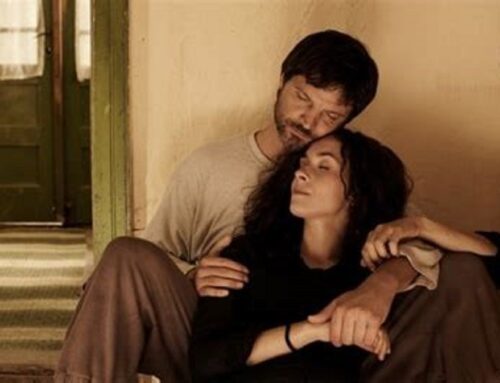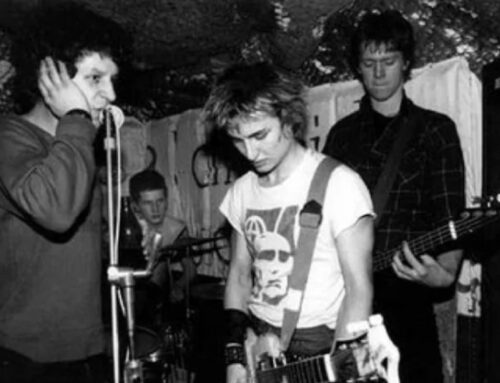Nina Kurt
Elefsina
This Greek city is until now the smallest as well as the oldest city with a title of a European Capital of Culture. Elefsina, with around 25 000 inhibitants is positioned approximately 20 kilometeres west from the Athens and it is nothing like the rest of the Greece. Thus, those who expect to find narrow streets, people in taverns, turquoise color of the see will most probably be disappointed as they will only see simple, modest and newly constructed buildings, industrial ruins and abandoned old boats.
Allegedly, there is a saying that “whoever suceedes to change Elefsina, can change the world“, which only serves as a proof of Elefsina’s specificity. Although this city is “the ugly duckling“ of Greece, its people are happy, always smiling and geniunely warm-hearted.
Elefsina, also known as Eleusina, is a place in which people came thousands of years ago to reveal the truth behind one the Eleusinian mistery and solve the“ death raddle. Those who came visited the main Priest of the Cult of Demetra, an ancient-Greek Godess of fertility, to take an oath of silence.
Besides mysteries, one of the historical foundations of Elefsina is the industry, as both blessing and a curse. It is a blessing for the reason it could offer thousands of refugees from today’s Izmir (Turkiye) jobs and a chance to survive. On the other hand, it is a curse because oil refineries, concrete factories and other dirty industrial branches, which predominated until 1990s led to an extremely high-rate of cancer among the citizens and living environment pollution. This industry, however, has been decreasing since the 1900s consequently meaninga downrise in Elefsina’s economy. As there are a lot of places in the city in which abandoned industrial plants, one of them will be reconstructed for the purposes of creating a cultural center, for the European Capital of Culture project. Nevertheless, this cultural center will besides this project continue its work and growth.
Aside from this industrial place, an old olive-oil manufacturing place is being reconstructed into an art gallery and the open-air theater will be used by a Serbian National Theater and a theater from Seoul.


Veszprém
Located at the Lake Balaton, one of the oldest Hungarian cities Veszprém is built on five hills and has many historical and architectural monuments. It has been titled as a “city of music“ by UNESCO, because of an incredible musical diversity of the whole region and it is also known as a “City of Queens“.
This city dates back to the beginnings of Christianity as it was a place of the first Episcopal seat in 11th century but it is also historically important because it was a place of crowning of many Hungarian queens. Also, it is known as the first city with an University in the whole state.
This city has a remarkable history, which has only enriched it with beautiful memorial sites and it’s most popular landmark – the Baroque building on the Castle Hill.
Until 1980s, Veszprém has developed mining, chemical industry and aluminium foundry, which made it one of the most-industrialized cities in the whole country. Due to political changes at the end of the 1980s, Hungarian economy became more tourism-based and relied mostly on the Lake Balaton, right where Veszprém is located but this city is still known as road, rail and market centre. Currently, Veszprém is rich with electronical, food-processing, IT, mechanical industries, it is also a student center, it’s handball team is the most successful in Hungary and it is a truly wonderful place for all of the nature-lovers because of the Lake Balaton’s nearness and hills of Bakony in its surroundings.

Timișoara
Romanian foruth city by size, Timișoara, known as a “little Vienna“, is a cultural, university and market center of Western Romania. It was named “little Vienna“ because of its years-long history as a part of the Habsburg’s dynasty, making its architecture and the whole atmosphere to be very similar to the old parts of Vienna. Besides architecture, Austrian influence is also visible in the city’s traditional dishes, which have also been ifnluenced by other cultures, making them therefore a must-try when visting the city.
This city is the largest in the Banat region, river Begej flows through it and it is the center of Timiș County. Although this city was named after a river Timiș, it is not settled on this river.
Timișoara is also known as a flower-pearl of Begej, because of its numerous extraordinary parks, in which the city’s inhibitants put a lot of effort to preserve their beauty. These parks have also been many times awarded and highly-ranked for their beauty and cleanness.
This city is also known for a significant beer industry, that dates backs to 1718. when the first brewery was opened.
The most popular and the most visited public square would probably be The Victory Square, which was named after the city was proclaimed to be the first freed city in Romania in 1989. after the communist regime and dictatorship.
In the city center, in between the streets there is a stautue of a she-wolf, Romulus and Remus which can also be found in all of the cities that were influenced by the Roman Empire. Nearby, there is also a very popular “Fish fountain“, for which there is an urban legend that says that dates at the fountain never go well. Therefore, the locals call this fountain “The Fountain of the left ones“.







